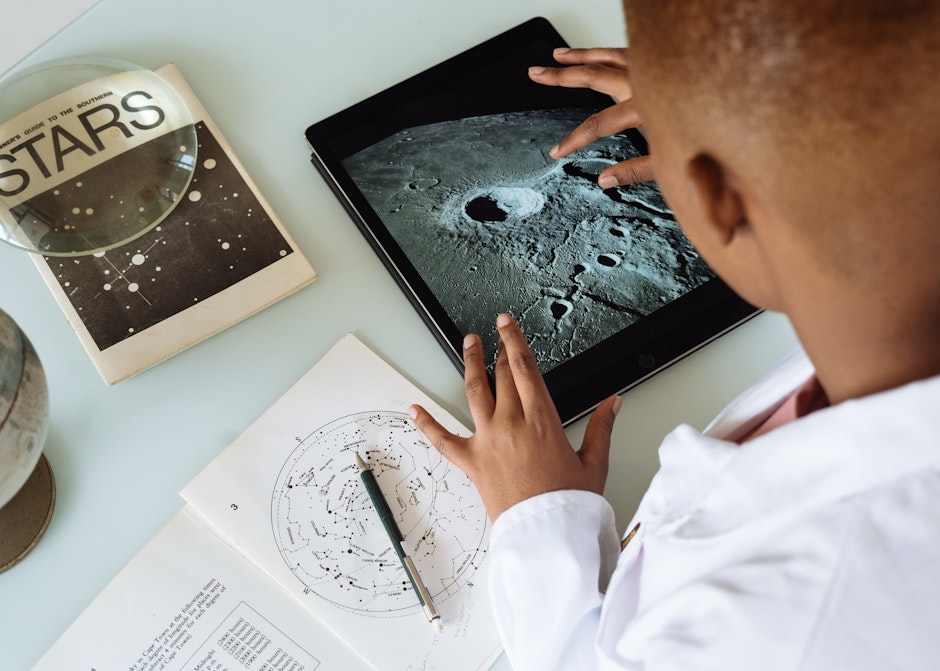Education 2021 is immersive, online and shows no sign of Zoom fatigue
As marketers, we’re used to fighting for the attention of our audiences

So, as lockdown and online working continues into 2021, it’s disappointing that the term “Zoom fatigue” continues to be thrown around. I’m here to argue that this term is meaningless. Boring virtual events can’t be blamed on the platform of communication, because every event and every experience will live or die by its content, not it's medium.
As a Dad, I’ve been amazed by the innovative mix of formal and informal lessons that are actively enhancing online education. When you’re at the point where global superstars like Katy Perry and Shawn Mendes are giving lessons in coding your own Dance Party, backed by Amazon, it’s safe to say something massive has changed.
Learning has been taken into a new dimension – one that is way beyond simply watching a screen, and plenty of educators are managing to do this despite the fact that they have only a limited experience of a digital first environment.
If the marketing industry has jumped a decade since March in terms of what it can do online, then the education industry has jumped a whole generation.
It’s ok to use Minecraft and Harry Potter to keep audience attention
Many creators of educational experiences have taken time to do all the things we know best: understand their target audience and integrate their interests into the overall experience in order to keep their attention. Imagination counts: it can be really simple things like incorporating a film they’re all dropping into conversation, including your pet cat or a plate of Oreos.
Educational content has to be engaging, immersive, and involving. This is exactly how teachers plan lessons, knowing they have to get 30 kids to settle down, listen up and participate – something content marketers should remember.
The BBC is nailing this with its Celebrity Supply Teacher series, which brings in some unexpected, entertaining, and popular choices for school lessons on sometimes complex subjects – Gemma Collins gets stuck into Business Studies and Gary Lineker on Spanish, for example. And who can resist a lesson with Marcus Rashford, who has taken a break from showing the government how to run the country to spend some time teaching PE? This is going further than teaching, it’s using personalities, admired by kids, who will connect, inspire and encourage them to learn.
Brands that really understand how to connect with kids are realising that the shift to online education is an opportunity to engage in ways that are imaginative, innovative and immersive. Mattel’s Barbie, for example, has partnered with Headspace to create a series of Mindfulness sessions to encourage kids to get involved with guided meditation and mindfulness that includes some tips for parents too. LEGO has its #LetsBuildTogether content series designed especially for lockdown life and incorporating learning in fun activities.
There’s a broad curriculum for learning through Minecraft at the Game Academy, or 3D Geography where you can print out templates for 3D animals, globes and volcanoes. Sky View is one of a few apps that lets you point your camera at the sky and identify any star, planet or constellation that you might see. It even lets you explore time by following an object in space – it makes a great accompaniment to Brian Cox’s physics lessons on BBC Lockdown Learning.
If you can tear yourself away from all this educational inspiration and get back to work, you will have a fresh perspective on virtual experiences and how we can harness this same creative magic to turn virtual events, conferences, concerts and meetings into immersive experiences that go beyond simple live streaming.
This year has made it clearer than ever that we are reliant, as a society and an economy, on technology. While we’ve never been more physically isolated, we find ourselves propelled into a strangely more connected world, and education has taught us that the emphasis on human connection can be liberated, not constrained, by digital experiences.
Let’s recognise “Zoom fatigue” for what it is – a natural human response to crap content, not an inevitable result of virtual experiences. When it comes to communicating a message, nothing beats live interaction, but thanks to digital, that doesn’t have to happen in person.

